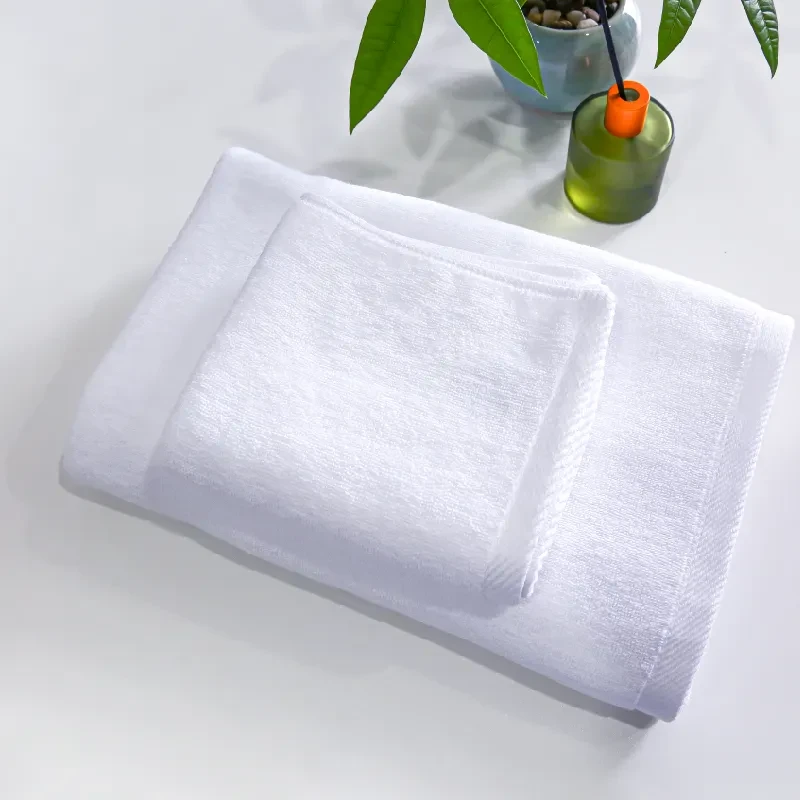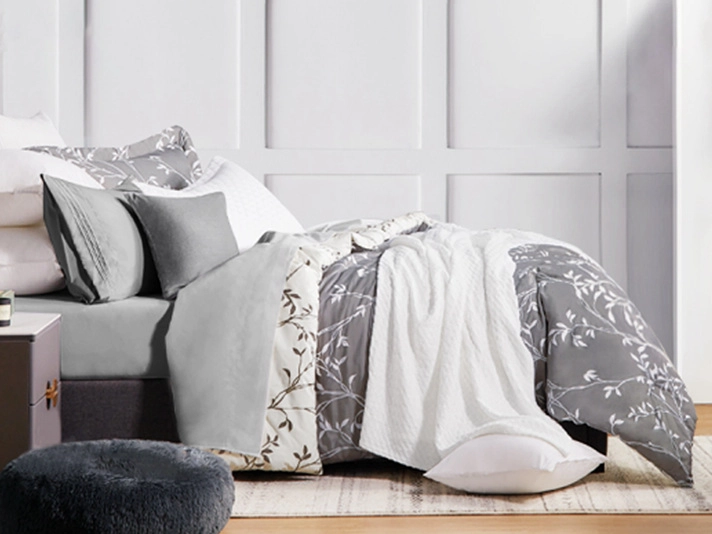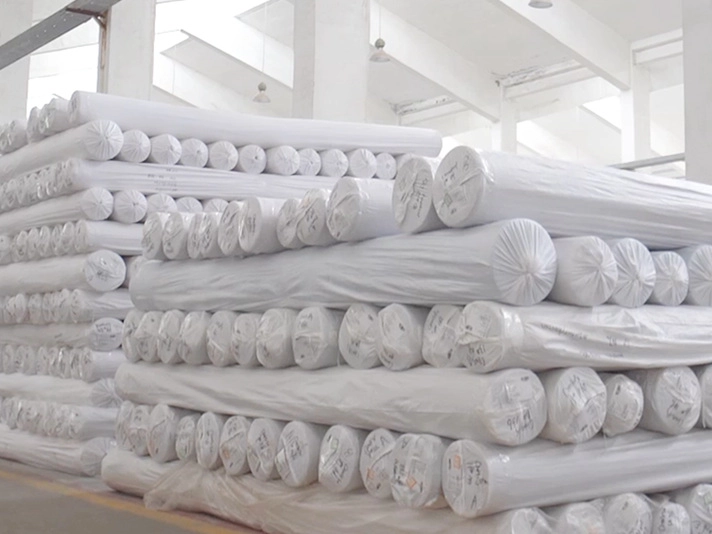hospital flat sheets
The Importance of Hospital Flat Sheets in Patient Care
Hospital flat sheets, though seemingly simple and often overlooked, play a pivotal role in patient care and hospital hygiene. These sheets are typically made from high-quality cotton or a cotton blend, designed to withstand frequent washing and heavy use. They form the foundation of hospital bedding, providing comfort, cleanliness, and a sense of safety for patients during their hospital stay.
From the moment a patient enters a hospital, the need for cleanliness becomes paramount. Hospital flat sheets help maintain a sterile environment, protecting patients from infections that can be easily transmitted through contaminated surfaces. The use of flat sheets allows for easy removal and laundering, ensuring that every patient has a fresh, clean layer beneath them. This is especially important in healthcare settings where patients may have compromised immune systems or be recovering from surgical procedures.
Moreover, hospital flat sheets contribute significantly to patient comfort. The feeling of soft fabric against the skin can be soothing, especially during a time of stress and uncertainty. Quality flat sheets provide a breathable layer that helps regulate body temperature, enhancing the overall experience for patients in an often sterile and clinical environment. The psychological aspect of comfort cannot be underestimated; a well-made bed can instill a sense of care and concern from the healthcare providers, fostering a positive atmosphere for healing.
hospital flat sheets

Additionally, flat sheets are versatile and can be utilized in various ways. They can be used as a top sheet, cover for stretchers, or even as a modesty cover during examinations. Their flexibility makes them essential in various situations, accommodating the diverse needs of the healthcare setting. The ease of use allows nursing staff to quickly change linen, reducing the time patients spend in an unkempt environment, which is vital for both comfort and infection control.
The material quality of hospital flat sheets deserves particular attention. Hospitals often invest in durable, high-thread-count fabrics that can withstand numerous washes without fading or losing their integrity. This durability not only ensures cost-effectiveness but also aligns with sustainability practices as hospitals aim to minimize waste while maintaining high standards of hygiene.
As healthcare evolves, so too do the materials and designs of hospital flat sheets. Innovations in fabric technology have led to the development of antimicrobial and hypoallergenic properties, further enhancing the safety and comfort of patients. These advancements are particularly significant in promoting best practices in infection control, an ever-pressing issue in healthcare settings around the globe.
In conclusion, while hospital flat sheets may appear to be a minor detail in the vast landscape of patient care, their importance cannot be overstated. They serve as a barrier against infection, promote patient comfort, and reflect the overall quality of care provided by healthcare facilities. As hospitals continue to prioritize patient-centric practices, investing in high-quality flat sheets will remain a fundamental component of ensuring the well-being and recovery of patients during their time in care.
-
Elevating Comfort and Quality with the Right Bed LinenNewsJul.07, 2025
-
Bedding Essentials: From Percale Sheets to White Quilts, Finding Your Perfect Sleep HavenNewsJul.07, 2025
-
Choosing the Right Bedding for a Comfortable and Stylish BedroomNewsJul.07, 2025
-
Understanding the Diverse World of Towel TypesNewsMay.29, 2025
-
The Ultimate Comfort: Discover the Benefits of Polycotton SheetsNewsMay.29, 2025
-
Experience Luxury with 1800 Brushed Microfiber SheetsNewsMay.29, 2025
-
Elevate Your Sleep with Luxurious Hotel Sheets for SaleNewsMay.29, 2025






